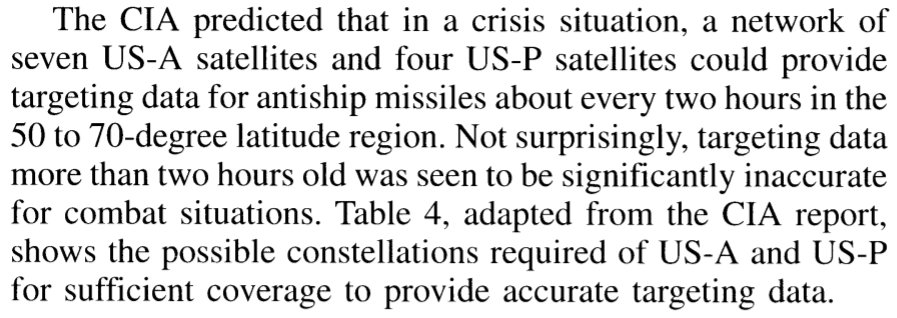- Identify the target.
- Generate a target track.
- Communicate targeting information to the launch platform.
- Launch the weapon.
- Guide the weapon to the target.
navweaps.com/index_tech/tec…
digital-commons.usnwc.edu/nwc-review/vol…
- Provide mid-course guidance to ballistic missiles.
- Achieve accurate terminal phase target discrimination and guidance.
faculty.fordham.edu/siddiqi/writin…







